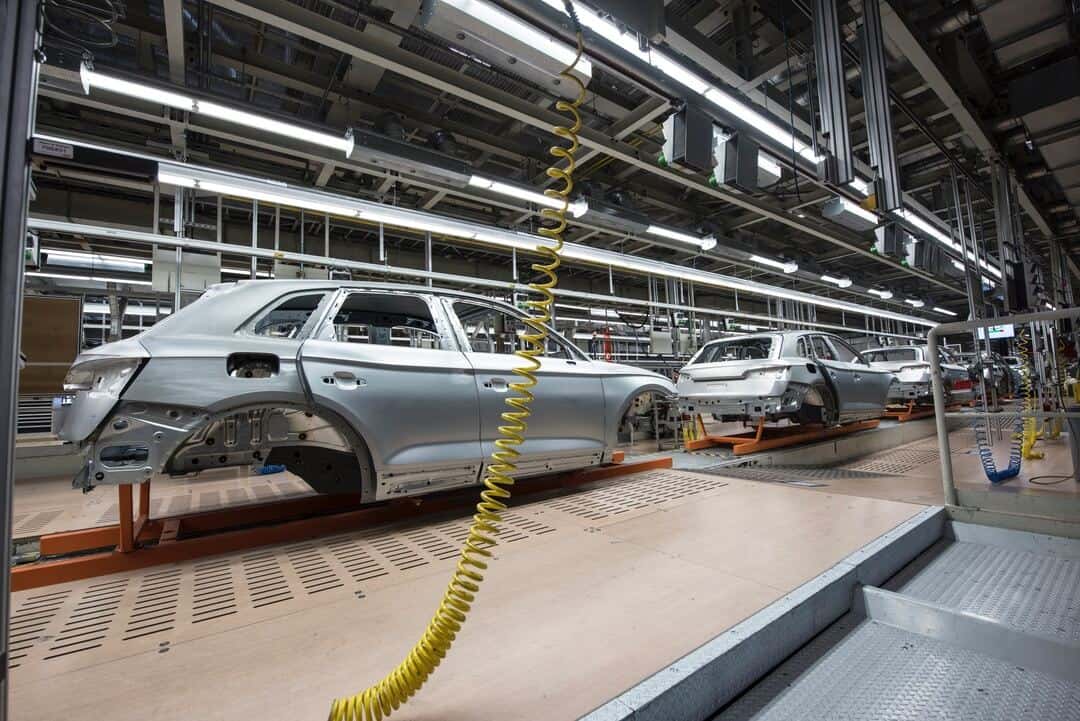Page Content
The lean learning system was a game-changer for businesses across industry sectors. First conceptualized by the Toyota executives in the early 1950s, upon their first time visiting the U.S., lean thinking has become a core vector of success for many businesses in a variety of fields. Biotech has seen a transformation into the lean learning and production techniques involving recombinant protein and enzyme production and secretion in recent years, and it’s really not a surprise why this trend is continuing to take hold and lift companies to new heights.
Where did lean come from?
Lean learning and processing is a product of the Toyota manufacturing company’s commitment to innovation. Through the processes of lean thinking, a production team and business leaders—working in any field—prioritize midstream improvement, problem-solving, and efficiency. The Toyota team learned to optimize the production line by studying a combination of Ford factory work and the stocking model of a supermarket during their trip to the United States to learn how to compete and produce vehicles more efficiently.
The end product is a combination of stocking and mass production that has revolutionized all levels of the industry. The main issue facing business leaders in the manufacturing chain is the creation of stock for customer consumption. In the early phases of industrialization, manufacturers would take customer orders, create the product on-demand, and then ship it or call out to the customer for pickup. This relieved fabricators of the need to pump critical capital into the maintenance of excess stock. With a made-to-order model, however, consumers had to wait for their products—often far longer than they may have been happy about. Ford changed this with the production line.
Ford vehicles were produced quickly on the line. Each vehicle was a virtual carbon copy of the blueprint and each previous model that was finished and rolled out to consumers. But Ford’s production model required a vast army of cars to sit idle, waiting for a buyer to take the commodity off the lot. In post-war Japan, the capital-intensive practice simply wouldn’t work for the economic conditions that prevailed in a nation requiring heavy imports for car construction.
Instead, the Toyota business leaders settled on a different assessment. Rather than stockpile completed cars, Toyota built a line of car parts that would be added to when stocks became low. This way, a car could be created quickly with all the available parts, but the factories were only stockpiling these less expensive components, rather than completed commodity products that were far more draining on the cash flow of the business.
Lean In Other Industries

This commitment to intelligent problem-solving prevails across a number of industries these days, but none are more important than the biotechnology space. With the new weight being placed on vaccination trials to defeat vectors of Covid-19 transmission, researchers are finding this strategy for quick thinking and efficient production to be a godsend.
One subsection of this research vector is in protocols surrounding recombinant protein purification, secretion, and enzyme extraction. These are core features of vaccination research and rely on lean learning to continually make improvements and efficiency upgrades to the process. Pichia pastoris expression, for instance, demands both a stockpile of p. pastor is clones as well as the robust processes that create the protein purification process. Proteins are the building blocks of these life-saving medications, and cloning yeast, e. coli, and other enzymes that create or secret methanol or glycerol are key components in the process of fine-tuning the recombinant protein purification response. Purification and the mass manufacture of proteins in the biotech space bring about the induction of new medications, vaccines, and other healthcare products that we all rely on in our daily lives.
These innovations live within the framework of the lean learning process started all those years ago by a cutting-edge car company.
